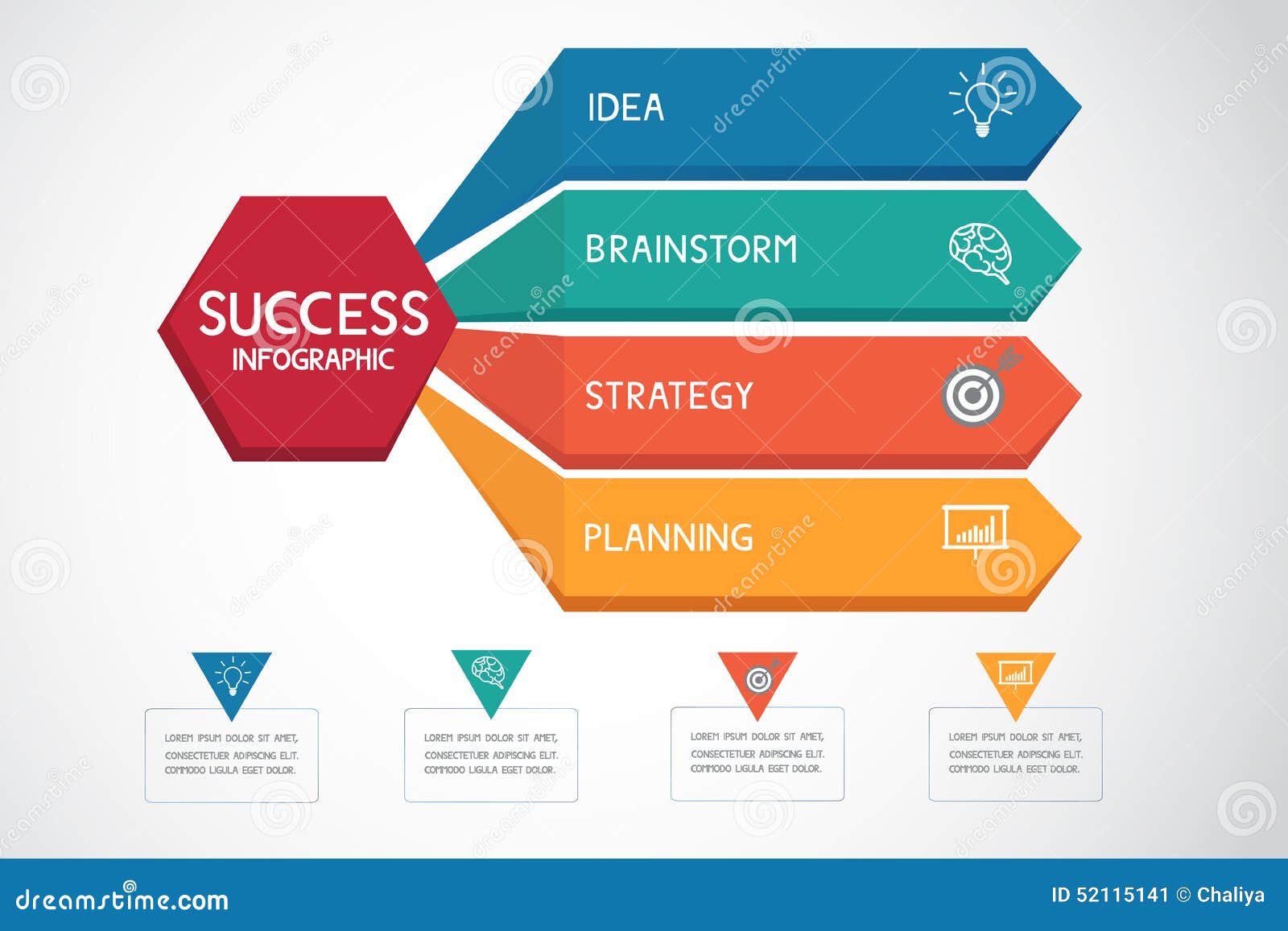Intrigued In Learning Just How Web Site Style Has Changed Over The Years? Discover The Progression From Basic, Straightforward Styles To User-Centered Strategies That Focus On The Requirements And Preferences Of On The Internet Site Visitors
Intrigued In Learning Just How Web Site Style Has Changed Over The Years? Discover The Progression From Basic, Straightforward Styles To User-Centered Strategies That Focus On The Requirements And Preferences Of On The Internet Site Visitors
Blog Article
Content Produce By-Solis Gibbons
In the past, internet sites were easy and concentrated on details. https://jasperigdzs.actoblog.com/30459971/discover-the-art-of-crafting-headings-that-arrest-focus-and-ctas-that-convince-leading-the-way-for-an-effective-ppc-project was straight, and style was for desktops. Currently, individual experience is essential. Information overviews designs for easy navigating. Responsive designs fit various gadgets. Today, dark mode lowers strain, and minimal food selections enhance navigating. Interactive features engage users, and vibrant visuals attract attention. https://www.valuewalk.com/mass-economics-of-digital-marketing-is-putting-businesses-on-the-map/ increases engagement. See just how layout has advanced to enhance your on-line trip.
Very Early Days of Website Design
In the early days of website design, simpleness preponderated. Sites were standard, with limited colors, typefaces, and designs. The focus got on giving info instead of flashy visuals. Customers accessed the net via slow-moving dial-up connections, so rate and functionality were vital.
Navigating menus were straightforward, typically located at the top or side of the web page. Web sites were designed for computer, as mobile browsing wasn't yet common. Content was king, and developers focused on simple readability over intricate layout aspects.
HTML was the primary coding language made use of, and developers had to work within its restraints. Computer animations and interactive functions were very little contrasted to today's criteria. Internet sites were static, with little vibrant material or tailored individual experiences.
Surge of User-Focused Layout
With the advancement of internet site style, a shift in the direction of user-focused design concepts has come to be progressively famous. Today, creating internet sites that prioritize individual experience is essential for involving site visitors and achieving organization objectives. User-focused layout involves comprehending the demands, choices, and behaviors of your target market to tailor the website's layout, content, and features as necessary.
Developers currently conduct comprehensive research study, such as individual surveys and usability screening, to collect insights and responses directly from individuals. This data-driven strategy helps in producing user-friendly navigating, clear calls-to-action, and aesthetically appealing interfaces that resonate with visitors. By placing minimalist website at the center of the style process, sites can deliver an extra customized and delightful experience.
Responsive style has actually likewise emerged as a vital element of user-focused layout, making sure that internet sites are maximized for various tools and display dimensions. This versatility boosts accessibility and functionality, catering to the varied means users connect with sites today. In essence, the increase of user-focused style represents a shift in the direction of producing digital experiences that focus on the needs and assumptions of completion individual.
Modern Trends in Web Design
Explore the current patterns forming website design today. One prominent fad is dark mode design, offering a sleek and contemporary look while reducing eye strain in low-light atmospheres. Another vital fad is minimal navigating, simplifying menus and boosting user experience by focusing on essential elements. Incorporating micro-interactions, such as computer animated switches or scrolling impacts, can create a much more interesting and interactive website. Receptive design remains important, ensuring smooth user experiences across various tools. In addition, using bold typography and asymmetrical layouts can include aesthetic passion and draw attention to certain content.
Incorporating AI technology, like chatbots for customer support or personalized recommendations, enhances user interaction and simplifies procedures. Access has likewise come to be a substantial trend, with developers prioritizing comprehensive layout practices to cater to diverse individual requirements. Embracing sustainability by enhancing web site efficiency for speed and effectiveness is another arising pattern in web design. Teaming up with user feedback and information analytics to repeat and boost design continuously is necessary for remaining appropriate in the ever-evolving electronic landscape. By welcoming these contemporary patterns, you can produce an aesthetically appealing, straightforward site that resonates with your target market.
Conclusion
As you reflect on the development of site design from the very early days to now, you can see just how user-focused style has actually become the driving pressure behind contemporary patterns.
Embrace the journey of change and adaptation in website design, constantly keeping the user experience at the leading edge.
Remain current with the most up to date patterns and modern technologies, and never stop advancing your technique to create aesthetically spectacular and easy to use internet sites.
Advance, adapt, and develop - the future of website design remains in your hands.
